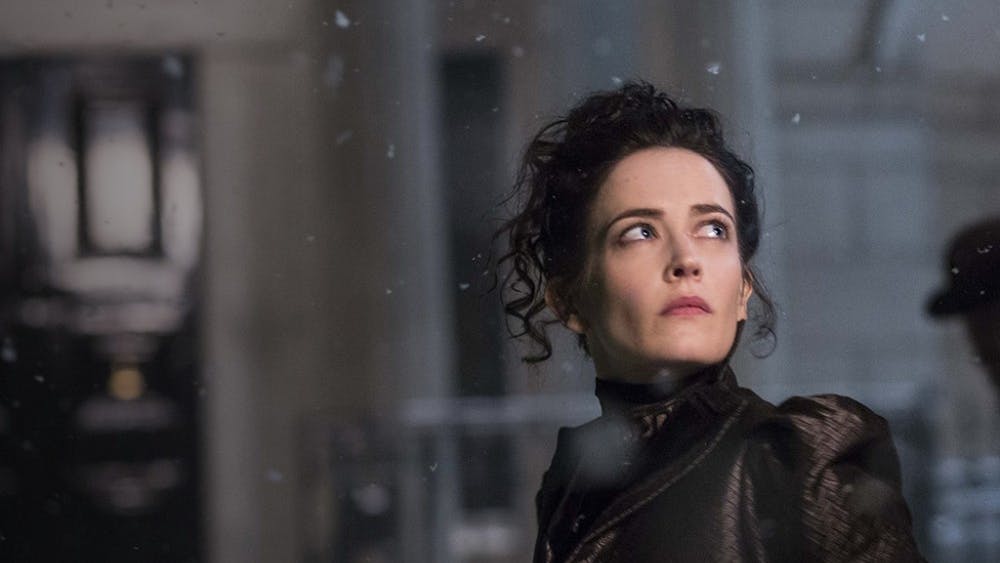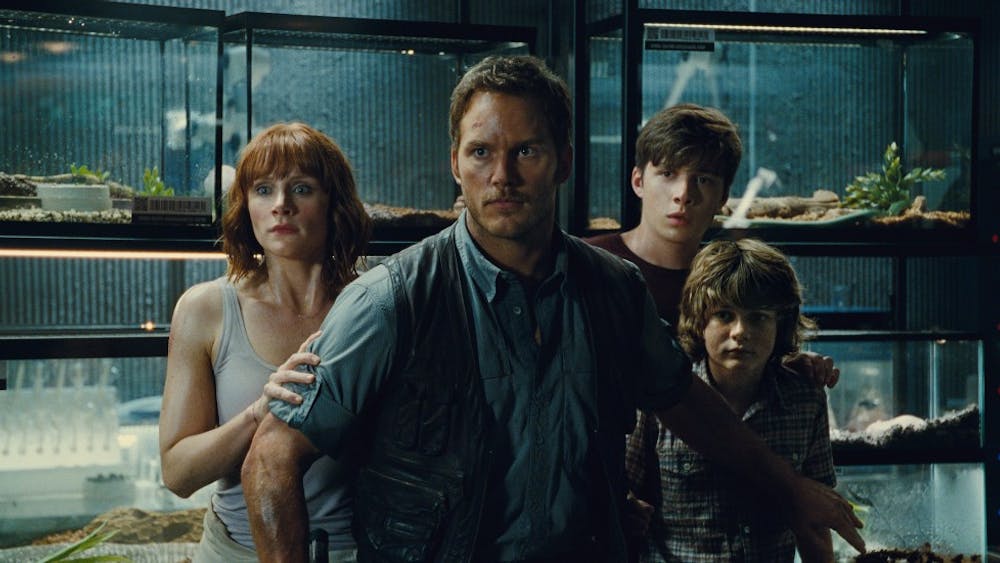Created in 1906, “Humorous Phases of Funny Faces” by J. Stuart Blackton is considered to be the first surviving animated film. Blackton used the stop motion animation technique by drawing every frame and then taking a photo of it. After all of the photos were taken, they were put together to form the short show displaying chalk figures changing facial expressions and moving.
In 1914, “Gertie the Dinosaur” was an animation created by Winsor McCay that used 10,000 images for a stop motion animation short film about a dinosaur showing off tricks she learned, just as a dog would. The film predated the common form of cel animation used today, requiring every frame to be fully redrawn and photographed. At one moment in the silent film, the “trainer” warns Gertie to leave the woolly mammoth passing by alone, but Gertie picks it up by its tail and flings it into the ocean.
In 1919, “Feline Follies” first premiered Felix the Cat, although in this short, he is known as Master Tom. Felix soon became even more recognizable than most actors of the time.
Walt Disney’s “Steamboat Willie” premiered in 1928 as the first animation that coincided with its own sound, unlike the previous silent movie era animations. This was also the premiere of Mickey Mouse.
“Snow White and the Seven Dwarfs” became the first animated feature film in 1937. Once referred to as “Disney’s folly,” the film soon became the most financially successful movie ever made. This is also one of the first animated pieces that steered away from what Walt Disney referred to as the “rubber hose” style. Instead of the characters having flimsy and unrealistic moving limbs, the characters had a more realistic look and movement to them.
In 1995, “Toy Story,” thanks to Pixar teaming up with Disney, became the first full-length animated film done entirely with three-dimensional computer
graphics.
A timeline of animation's growth

Get stories like this in your inbox
Subscribe





